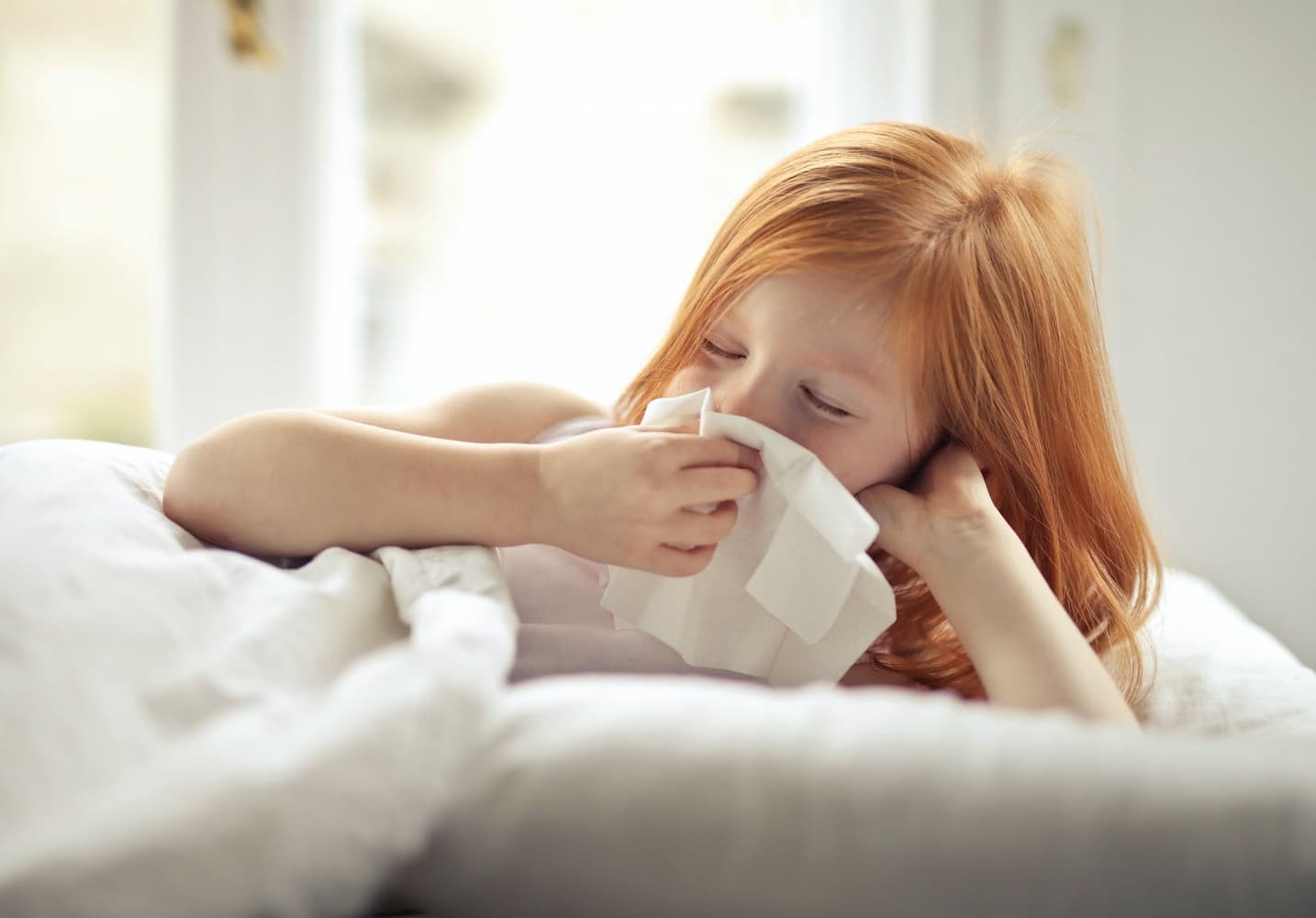
Did you know there are just eight food allergies that cause around 90 percent of allergic reactions in children and adults? Let's take a look at them in turn – and why they might arise.
Allergies in Australia
Interestingly, Australia has one of the highest rates of allergic disorders in the developed world. A whopping 4.1 million of us have at least one allergy – and 78 percent of people with allergies are aged between 15 and 64 (defined as the 'working population').
Many people develop allergies to common things like hay, dust mites and pet dander. Specifically, food allergies affect around 2 percent of Aussie adults and 4-8 percent of children.
The most common food allergies
According to Allergy & Anaphylaxis Australia, children tend to 'grow out' of allergies. Here are some of the most common food allergies in kids:
- Overall food allergy (10 percent)
- Cow's milk (2.7 percent)
- Eggs (8.8 percent)
- Peanuts (3 percent)
- Tree nuts (3 percent)
In adults, fish and shellfish are the most common food allergies. Some people with food allergies cannot be anywhere near wheat, soy and sesame (0.8%).
Source: eufic.com
Some food allergies can cause anaphylaxis, which can be life threatening – especially in children. Although this is relatively rare in Australia.
Other common allergies
It's not only food that causes an allergic reaction. There are many non-food items that can also cause shortness of breath, wheezing, stuffy or runny nose, itchy skin, severe asthma, and other allergic symptoms or anaphylaxis. These common allergens include:
- Medications
- Latex
- Cosmetic products
- Insect bites
- Dust mites
- Grass and tree pollen
- Mould
- Household chemicals
- Animal hair
How to manage allergies
Allergies are common and often very uncomfortable. It's a good thing that there are many ways you can reduce the likelihood of developing a severe reaction in the future as well as treat your allergy symptoms at home.
If you suspect you may have an allergic reaction to any food or substance, you should get tested. The results from allergy tests will help your allergy specialist identify what's causing the reaction, so you know what to reduce or avoid.
The Australasian Society of Clinical Immunology and Allergy website has some useful information on different types of tests and next steps. This includes skin prick, scratch, blood tests and patch testing. Your doctor may prescribe over-the-counter allergy medications or administer allergy shots, depending on the severity of the symptoms.
If you experience (or see someone experiencing) a severe allergic reaction, you should seek medical attention immediately.
How to treat allergic symptoms at home
There are many ways that you can treat the common symptoms of an allergic reaction at home. The key to succeeding is knowing the common triggers. To combat hay fever, for instance, which is triggered by outdoor allergens, keep all windows closed when the pollen count is high and use a face mask to cover your mouth and nose when going outside.
Using an air purifier may also help reduce common allergy symptoms as it filters the air in your home to eliminate common allergens. If you have asthma, be aware of factors that could trigger your allergy symptoms such as pet hair, mould spores and dust mite allergens. Avoid all of these indoor allergens as much as possible.
If you can't live without your pets but are allergic to them, keep them out of the bedroom and give them their own space. It's also extremely important to vacuum often if you have animals in the house. Use a vacuum cleaner with a high-efficiency particulate air (HEPA) filter.
When outdoors, wear sunglasses and a wide-brimmed hat to protect your eyes and skin from airborne allergens. Shower and change your clothes as soon as you come home to get rid of any allergies that may have clung to your clothing.
If you have more severe allergic symptoms, you should consult an allergist. Antihistamines and decongestant nasal sprays are examples of typical treatments that can be done at home.
Although living with allergies might feel frustrating, it's important to remember that they're very common. So don't worry, you're not alone. Fortunately, there are many ways to treat common allergies, both at home and with expert assistance.
Originally published on Feb 26, 2018








